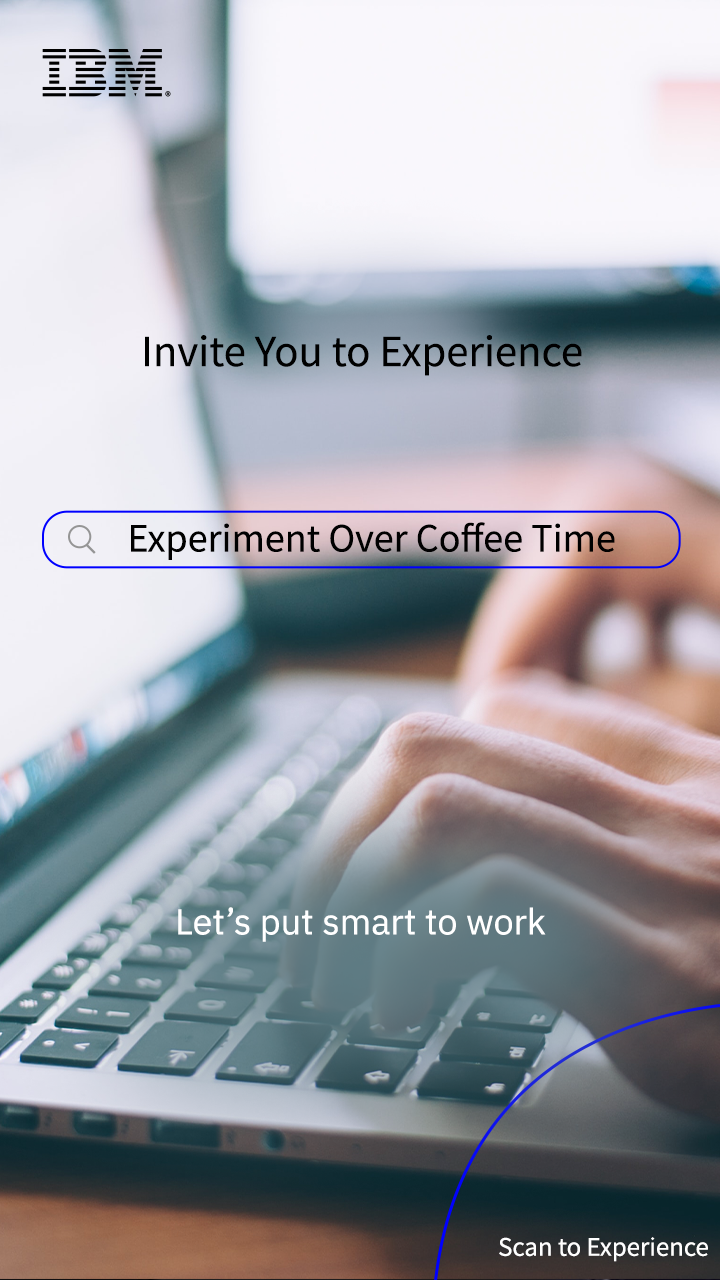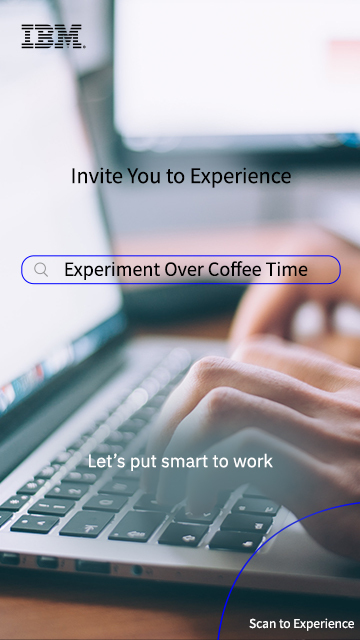Based on the official sample provided by Istio, Bookinfo is used to expand, and a service regions from the host is connected. The regions service is used to show which country and region the book review information comes from. In the experiment, you will not only use the DestinationRule, VirtualService and other resources provided by Istio to control the flow of services in the grid, but you will also experience the use of EnvoyFilter to expand Istio's flow control capabilities to achieve more complex flow control scenarios.
Experiment: Connect host services to Istio service grid and experience intelligent service flow control
Experiment Content:
Start Your Experiment
View Experiment Manual
Firefox and Chrome Browser are recommended
This experiment requires you to have some basic understanding of service mesh, Kubernetes, and Docker. Before you start the experiment, it is highly recommended that you study the following video courses:
1. Host services are integrated into the service grid (Istio)
https://csc.cn.ibm.com/course/cdea2050-7e35-4afc-8026-18d9745ba83d?contentId=0ddb3afb-715b-488c-bf83-d765889513cf&roadmapId=e8f3867f-f6f2-44b0-8a99-6a8988f6aee7&eventId=
2. Use service grid to realize intelligent flow control of hosting services
https://csc.cn.ibm.com/course/fddcefcf-a586-47ef-82b7-8f0629ef91dc?contentId=4c184121-50cd-4507-8d0f-acaf4f46fdf2&roadmapId=e8f3867f-f6f2-44b0-8a99-6a8988f6aee7&eventId=
The following are the main steps included in the experiment to help you get a general understanding of this experiment before starting the formal experiment:
1. Visit the Bookinfo application and observe the access status of the reviews service without defining any traffic rules.
2. Define VirtualService traffic rules and perform flow control on the reviews service (including user identity-based diversion scenarios, etc.)
3. Introduce host service regions, and split the two versions of the region service based on weights.
4. Use EnvoyFilter to realize the distribution of host service regions based on the content of the http body field.
5. Use EnvoyFilter to realize the bypass (intercepting) of requests for the host service regions, and capture and send the request packets of the regions service to fluentd.
Experiment Resources:
Host service deployment:
z/OS, CICS, zCEE
The host service regions are implemented through a COBOL application running on CICS exposed by zCEE.
Service grid deployment:
centos, minikube, Istio
Discovery:Connect host services to Istio service grid and experience intelligent service flow control
Experiment Content:
This experiment requires you to have some basic understanding of service mesh, Kubernetes, and Docker. Before you start the experiment, it is highly recommended that you study the following video courses:
1. Host services are integrated into the service grid (Istio)
https://csc.cn.ibm.com/course/cdea2050-7e35-4afc-8026-18d9745ba83d?contentId=0ddb3afb-715b-488c-bf83-d765889513cf&roadmapId=e8f3867f-f6f2-44b0-8a99-6a8988f6aee7&eventId=
2. Use service grid to realize intelligent flow control of hosting services
https://csc.cn.ibm.com/course/fddcefcf-a586-47ef-82b7-8f0629ef91dc?contentId=4c184121-50cd-4507-8d0f-acaf4f46fdf2&roadmapId=e8f3867f-f6f2-44b0-8a99-6a8988f6aee7&eventId=
The following are the main steps included in the experiment to help you get a general understanding of this experiment before starting the formal experiment:
1. Visit the Bookinfo application and observe the access status of the reviews service without defining any traffic rules.
2. Define VirtualService traffic rules and perform flow control on the reviews service (including user identity-based diversion scenarios, etc.)
3. Introduce host service regions, and split the two versions of the region service based on weights.
4. Use EnvoyFilter to realize the distribution of host service regions based on the content of the http body field.
5. Use EnvoyFilter to realize the bypass (intercepting) of requests for the host service regions, and capture and send the request packets of the regions service to fluentd.
Experiment Resources:
- Host service deployment:
z/OS, CICS, zCEE The host service regions are implemented through a COBOL application running on CICS exposed by zCEE.
Service grid deployment:
centos, minikube, Istio
Tips
1. Discovery provides longer time for your experience;you are home free
2. Data will be cleared after the end of discovery
3. It is needed to finish the experiment and challenge first to start your discovery












 You can view the VirtualService definition that just took effect by executing the following command:
You can view the VirtualService definition that just took effect by executing the following command:





























